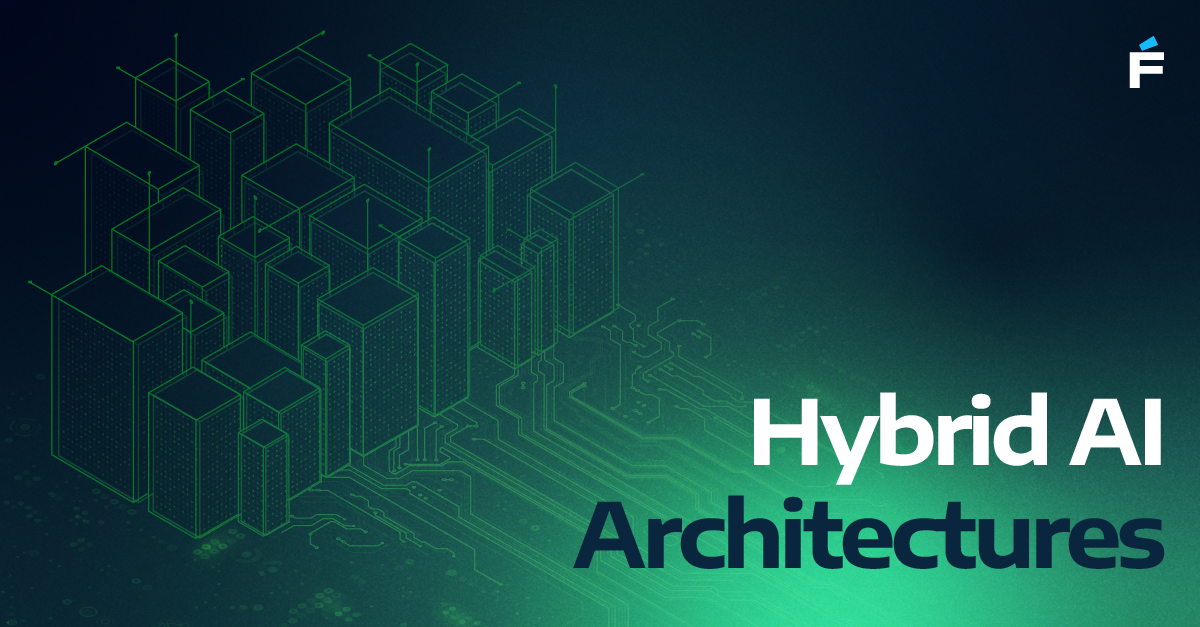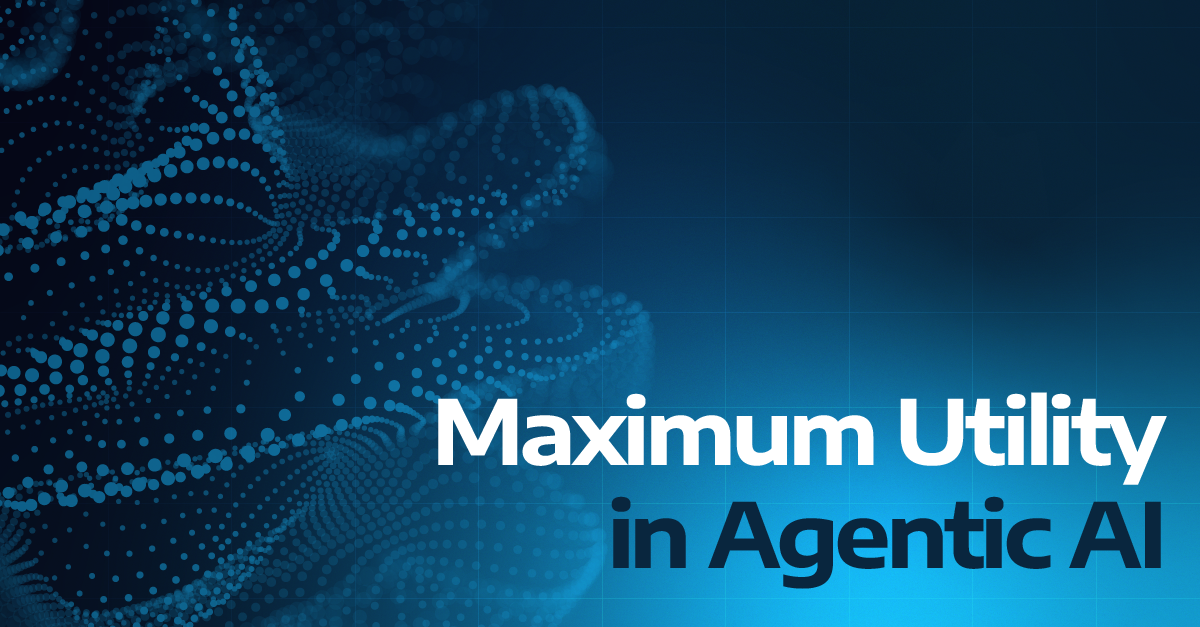The rise of agentic AI in software development promises to transform how we build software, but the most critical challenges in development remain distinctly human domains. Navigating ambiguity, understanding business context, and making complex architectural decisions require cognitive capabilities that current AI cannot replicate.
For CTOs and technology leaders, this isn't just about choosing tools. It's about understanding where to invest in human talent versus AI augmentation. The data reveals a nuanced future where productivity gains are real but limited, security risks are substantial, and the most valuable engineering work becomes more strategic and context-dependent than ever before.

Current agentic solutions show impressive capabilities but significant constraints
The agentic software development landscape has evolved rapidly beyond simple code completion. Cursor AI, valued at $9 billion by May 2025, demonstrates autonomous multi-file code generation and large-scale refactoring capabilities. Devin AI achieved remarkable benchmarks, resolving 13.86% of SWE-bench issues compared to previous state-of-the-art at 1.96%. Real-world implementations like Nubank's ETL migration using Devin AI delivered 12x efficiency improvements and 20x cost savings.
These tools represent genuine productivity advances for well-defined, routine development tasks. GitHub Copilot users report up to 55% faster coding and 85% increased confidence in code quality. However, the "70% problem" has emerged as a defining limitation: AI handles approximately 70% of coding tasks effectively, but the remaining 30% involving production-ready features, complex business logic, and system integration still requires significant human expertise.
More concerning are the security implications. Research analyzing 452 real-world code snippets found that 32.8% of Python and 24.5% of JavaScript code generated by GitHub Copilot contains security vulnerabilities. These span 38 different Common Weakness Enumeration categories, with eight appearing in the 2023 CWE Top-25 most dangerous vulnerabilities. For organizations, this means every AI-generated code change requires rigorous review processes and automated security scanning.
The ambiguity barrier represents AI's fundamental limitation
Software development is inherently ambiguous, and this ambiguity exposes critical limitations in even the most sophisticated AI systems. Academic research reveals that ambiguity in natural language requirements specifications is "inescapable" and creates challenges spanning linguistic ambiguities, context-dependent interpretations, and domain-specific knowledge gaps.
Consider a seemingly simple requirement: "The system should inject coolant when pressure falls below a 'low' threshold." This contains multiple ambiguities: What constitutes "low"? Should injection be discrete or continuous? What happens if injection fails? Experienced developers recognize these ambiguities and engage stakeholders to clarify assumptions, understand business context, and design appropriate error handling.
AI systems struggle profoundly with this type of contextual reasoning. A 2025 study found that state-of-the-art models "struggle to distinguish between well-specified and underspecified instructions," even when provided with interaction capabilities. More dramatically, rigorous research by Model Evaluation & Threat Research found that experienced developers actually took 19% longer to complete tasks when using AI coding assistants, despite expecting AI to improve productivity by 24%.
The root issue isn't technical but cognitive. Human developers excel at pattern recognition across disparate domains, creative problem-solving for unprecedented challenges, and integrating business context with technical constraints. They can ask probing questions, challenge assumptions, and make judgment calls with incomplete information. These capabilities become more valuable as AI handles routine implementation tasks.
The human paradox: Building for humans requires human insight
Perhaps the most overlooked constraint in AI-driven development is that we are fundamentally building digital products for human users. This creates an inescapable paradox: the more we automate software creation, the more critical human insight becomes for understanding what users actually need and want.
User experience design, interface decisions, and workflow optimization all require deep understanding of human psychology, cultural context, and behavioral patterns. An AI system can generate technically perfect code for a login interface, but it cannot determine whether users prefer social authentication, understand the anxiety around password creation, or recognize the cultural implications of different verification methods.
Consumer preferences are often contradictory, context-dependent, and evolving. Users say they want simplicity but demand comprehensive features. They prioritize speed but expect robust security. They claim to value privacy but readily share personal data for convenience. Human product managers and designers excel at navigating these contradictions because they themselves are users, capable of empathy and intuitive understanding of human needs.
This human-centered requirement extends beyond user interfaces to business logic itself. The rules that govern how software behaves must reflect human values, cultural norms, and social expectations. AI can implement these rules efficiently, but defining them requires human judgment about fairness, accessibility, and user experience that no algorithm can replicate.
What will change: Development workflows and productivity patterns
Developer roles are evolving from code implementers to AI orchestrators and system architects. New positions are emerging: AI Quality Assurance Managers, AI Ethics Officers, and specialized roles focused on human-AI collaboration. The most effective developers are learning to combine AI computational strengths with human cognitive advantages, using tools for boilerplate generation while focusing their expertise on architecture decisions, business requirement translation, and complex problem-solving.
Development velocity metrics show mixed but telling results. While AI tools can increase code output substantially, 67% of engineering teams spend more time debugging AI-generated code than before adoption, and 59% experience deployment problems at least half the time. This suggests productivity gains are real but require significant process changes and quality assurance investments.
Gartner predicts 90% of enterprise software engineers will use AI code assistants by 2028, up from less than 14% in 2024. Platform engineering is emerging as a critical discipline, with 80% of large organizations expected to establish platform engineering teams by 2026.
For CTOs, the strategic implication is clear: AI adoption requires careful orchestration rather than wholesale replacement of existing development practices. The most successful implementations target AI at well-constrained tasks while preserving human expertise for ambiguous, strategic decisions.
What will remain constant: Human judgment in complex decisions
Despite rapid AI advancement, fundamental aspects of software engineering remain distinctly human domains. System architecture and design decisions require understanding business context, evaluating trade-offs, and making choices with long-term implications that AI cannot fully grasp. These decisions involve weighing performance versus maintainability, monolithic versus microservices architectures, and technology stack selections that depend on organizational capabilities and strategic direction.
Requirements engineering represents another enduring human advantage. Academic research consistently shows that successful software projects depend on iterative dialogue between technical teams and stakeholders, creative problem-solving for novel situations, and the ability to challenge assumptions and ask clarifying questions. AI systems lack the contextual understanding and adaptive communication capabilities necessary for effective requirements engineering.
Security considerations also highlight persistent human advantages. While AI can identify certain vulnerability patterns, the most critical security decisions involve understanding attack vectors specific to business domains, evaluating risk tolerance in context of organizational constraints, and designing security architectures that balance protection with usability.
Perhaps most importantly, innovation and creative problem-solving remain human strengths. Research shows AI-generated solutions tend toward homogeneous, "vanilla" ideas, while humans excel at thinking beyond established patterns and considering multiple perspectives. As software becomes more commoditized through AI assistance, creative problem-solving and innovative approaches become increasingly valuable differentiators.
Strategic implications for technology leadership
The evidence suggests a future of human-AI collaboration rather than replacement, but this collaboration requires thoughtful strategy and implementation. Organizations must balance productivity gains against security risks, invest in AI literacy while maintaining core engineering skills, and prepare for changing talent requirements.
For hiring and team development, the premium on senior engineering judgment will increase. The most effective use of AI coding tools requires experienced developers who understand when to leverage AI efficiency versus when to apply human creativity and business context. Organizations should focus on developing AI-literate engineers who can effectively prompt and guide AI systems while maintaining critical thinking capabilities.
Quality assurance processes must evolve to address AI-specific risks. Every AI-generated code change should undergo both automated security scanning and human review, with particular attention to business logic correctness and long-term maintainability. The cost of this additional review process should be factored into AI adoption ROI calculations.
Platform engineering investments become critical for maximizing AI tool effectiveness. Organizations need infrastructure that provides AI tools with organizational context, coding standards, and architectural guidelines. Without this context, AI tools default to generic solutions that may not align with business requirements or technical constraints.
The path forward requires strategic balance
The future of software development will be shaped by how effectively we combine AI computational capabilities with uniquely human cognitive strengths. The evidence shows that AI excels at code generation, pattern recognition, and routine task automation, while humans excel at ambiguity resolution, creative problem-solving, and strategic decision-making.
For technology leaders, success depends on identifying which development tasks benefit from AI augmentation versus those requiring human expertise. Architecture decisions, business requirement interpretation, and complex system integration should remain human-driven, while AI can provide substantial value for implementation tasks with clear specifications.
The organizations that thrive will be those that view AI as an intelligent tool for amplifying human capabilities rather than replacing human judgment. This means investing in both AI literacy and advanced engineering skills, establishing governance frameworks for AI tool usage, and maintaining focus on business outcomes rather than technology adoption for its own sake.
The ambiguity inherent in software development ensures that human creativity, judgment, and business acumen remain at the center of value creation. As AI handles an increasing share of routine implementation work, the most valuable software engineers will be those who can navigate complexity, resolve ambiguity, and translate business vision into technical reality.
Next
The transformation of software development through agentic AI is both more limited and more profound than current hype suggests. While AI will reshape development workflows and increase productivity for many tasks, the fundamental challenges of software engineering remain distinctly human domains. Understanding ambiguous requirements, making context-dependent decisions, and solving novel problems all require human insight.
For CTOs and technology leaders, the strategic imperative is clear: embrace AI augmentation while investing in the human capabilities that create lasting competitive advantage. The future of software development will be defined not by the sophistication of our AI tools, but by how effectively we combine artificial intelligence with human insight to create software that truly serves both business objectives and human needs.





.png)